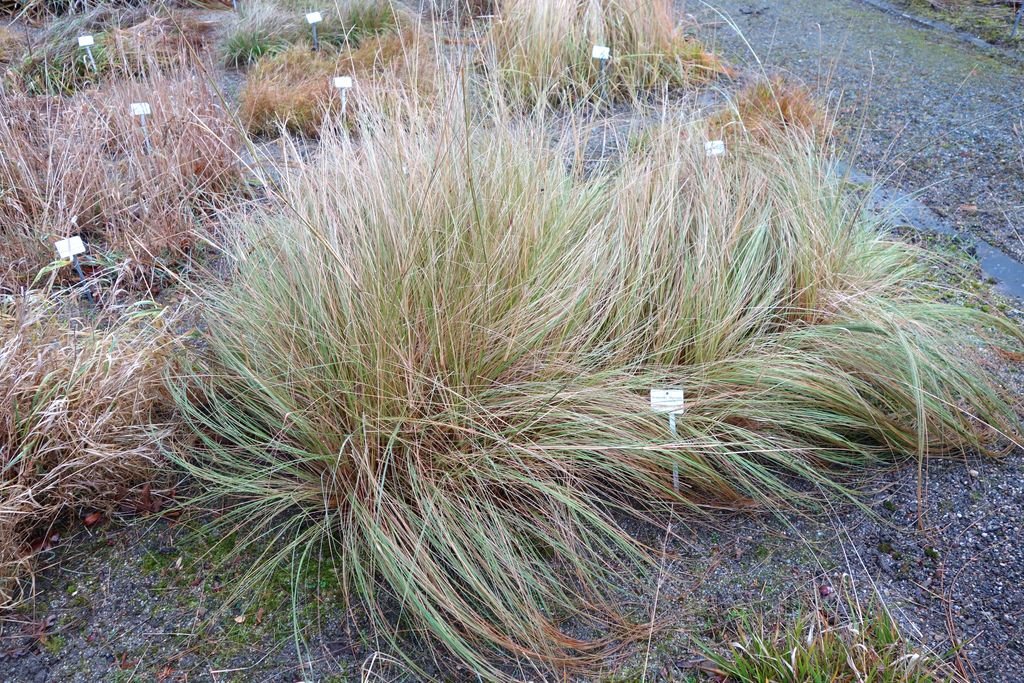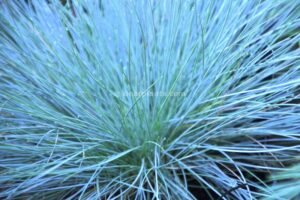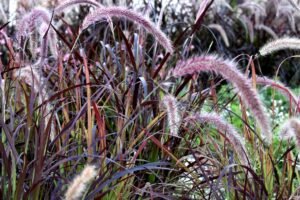Sand love grass (Eragrostis trichodes) is a grass plant that can grow 50cm – 1.5m tall and 50cm – 1.5m wide. In this growing guide we’ll learn the cultivation details and how to plant Sand love grass (Eragrostis trichodes).
This plant is commonly known as sand love grass.
This is a deciduous plant that takes 2-5 years to reach full maturity.
In this article
Plant profile
Common name: sand love grass
Scientific name: Eragrostis trichodes
Plant type: Grasses
Habit: Tufted
Height: 50cm – 1.5m
Spread: 50cm – 1.5m
Foliage: Deciduous
Sunlight: Full Sun
Soil: Chalk, Loam, Sand
Moisture: Well drained
Garden type: Coastal, Informal Garden, Rock & Gravel Garden, Wildflower meadow, Wildlife Gardens
Planting type: Flower borders and bedding
Seasonal colors
| Season | Stem | Foliage | Flower | Fruit |
|---|---|---|---|---|
| Spring | ||||
| Summer | ||||
| Autumn | ||||
| Winter |
[yarpp template=”yarpp-template-genus” require_tax='{“genus”: 1}’]
How to plant
In this section we will learn how to plant Sand love grass (Eragrostis trichodes), know its needs in terms of soil, watering and sun exposure.
Soil
Sand love grass (Eragrostis trichodes) is not a demanding plant regarding the type of soil and can grow in chalk, loam or sand.
-
The chalky soil is pale and contains chunks of calcium-rich rock. It is a fertile and well-draining soil, almost always alkaline.
-
The loam soil is dark, rich in organic matter but balanced in minerals. It offers the best of all worlds, retaining enough water for the plants, but allowing excess moisture to drain away. This is the most desired type of garden soil, perfect for most plants.
-
Sandy soil is light, porous and very easy to drain. It is a soil poor in organic matter and nutrients. It is composed of relatively large mineral particles that allow water to drain quickly.
It is not very sensitive to soil acidity or alkalinity and grows well in soils with pH acid, alkaline or neutral.
Regarding drainage, Eragrostis trichodes likes to grow in well drained soil.
Sunlight
Sand love grass (Eragrostis trichodes) should be grown in full sun places.



